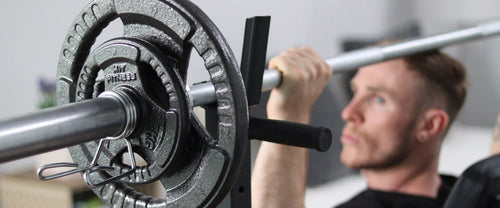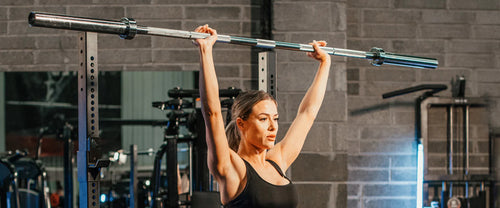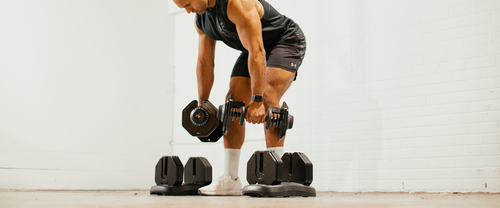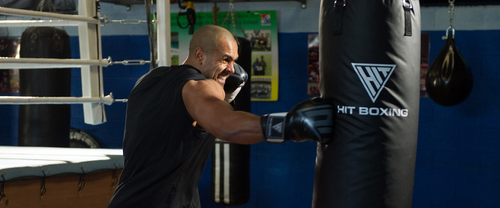Mobility
Resistance bands are a great way to improve your mobility and flexibility. They can be used as a tool when stretching as they help to elongate your muscles. Bands such as loop bands and strength bands can be utilised for both static and dynamic stretching.
To start off your mobility session, begin by choosing a band that offers a suitable level of resistance. You may find you will need different types of resistance based on your exercise, or if you’re working your upper or lower body. Focus on areas of your body you feel need the most attention. This might be your hips, shoulders, or your back.
There are a variety of movements that can help increase your range of movement in all areas of your body, and can leave you feeling looser and pain free. Performing mobility movements, with the aid of resistance, can help improve your performance in your sport, or workout session.

Pre-Workout Warm Up
Before you perform any form of cardio or weight training, it is important to prime your muscles and joints for the movements it is about to perform. A tool we always recommend to have in your gym bag is a power band. It is easily transported, allowing you to perform a successful warm up in any setting.
A power band will allow you to mimic virtually any movement you plan to complete during your session, and will warm up the muscles you plan to work.
An example of a warm up that can be achieved is priming your shoulder muscles for a shoulder press. Before warming up with the barbell, use your feet to stand on one end of the band, securing it to the ground, and place the other end in both hands at shoulder height. You can perform a pressing motion over head, which will activate the exact muscles you plan to target in your session.
Accessory work
Resistance bands can be useful if you’re looking to perform a full body workout to target multiple muscle groups at once. Not all workouts need to include dumbbells or barbells, and resistance bands can surprisingly provide enough resistance to your muscles to give you a challenging workout.
To use resistance bands for a workout, you can start with basic exercises such as bicep curls, tricep extensions, and lateral raises to target your upper body. For the lower body, exercises like lunges, squats, and leg curls can be done using the resistance band. Additionally, you can also use resistance bands to work on your core muscles.
Cardio can also be done by incorporating them into exercises like high knees or jumping jacks. Resistance bands can provide a great workout by adding extra resistance and intensity to your exercises, allowing you to challenge your muscles and increase strength and endurance.

Aiding Compound Lifts
There are several ways to increase or decrease the load on an exercise when performing a compound lift, and surprisingly, this doesn’t always mean taking plates on and off your barbell.
Loading
Resistance bands can be used to add on some extra load when compound lifting, to make the exercise more challenging. This can be done with exercises such as deadlifts, squats, or bench press.
Start by looping a band around a secure object, such as a rack, and anchor the opposite end of the band to your barbell. The stretching of the band as you perform your exercise will increase tension, therefore adding an extra challenge to your lift.
Deloading
On the opposite end, a resistance band can also be used to make away some of the weight from your exercises. This is ideally used for beginners, who may need a helping hand, or for someone who is injured and may require less tension while lifting.
A great example of using a band to assist in your training is for pull ups. Begin by looping your resistance band around the bar you wish to perform a pull up on. Place one foot into the band, while placing both hands onto the bar. When you pull up, the band moves with you, taking a significant amount of your body weight, which allows you to perform the exercise with ease.
For beginners, it is recommended to start with a heavy resistance band, and as you progress, work down to a lighter band, and eventually to bodyweight.

Final thoughts
It’s no surprise that everyone has an exercise band lying around in their gym bag. The versatility that they provide, at such a low cost, makes them a no brainer for any gym goer or fitness enthusiast. Try implementing some of these warm ups, or aided exercises into your routine to get the full benefits out of your resistance bands!











